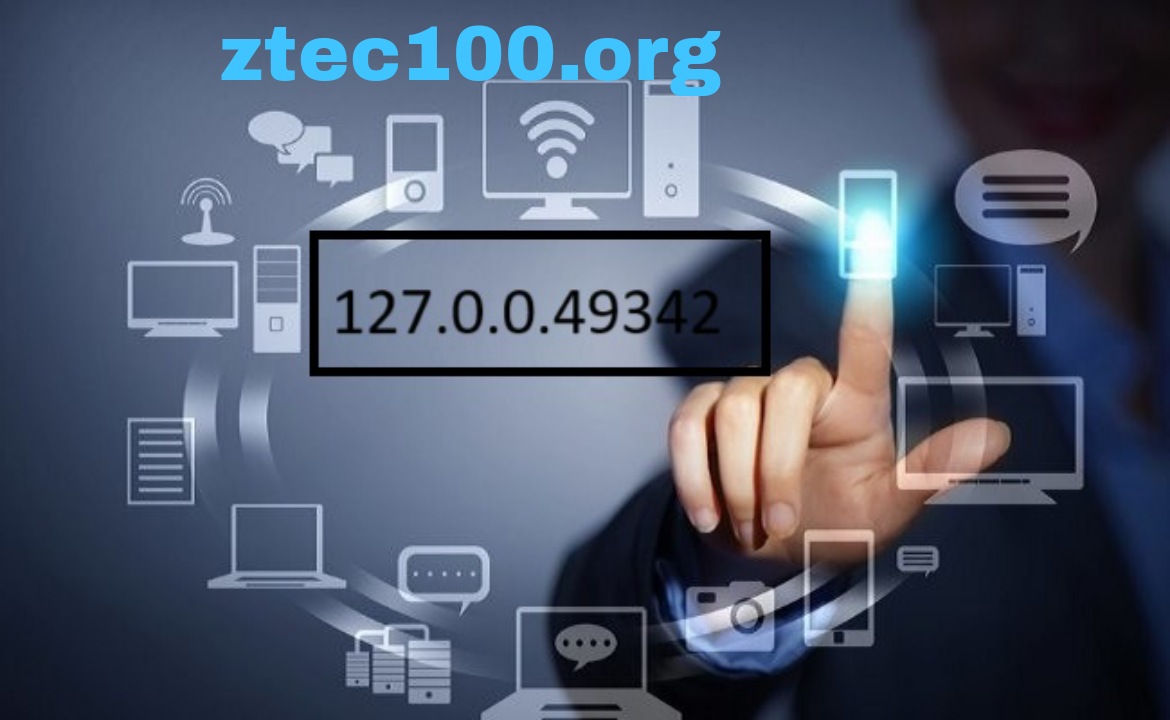127.0.0.1:49342: Significance in Modern Networking and Fixing Tips
In the world of networking, certain IP addresses and ports play crucial roles in ensuring smooth communication and connectivity. One such combination is 127.0.0.1:49342. This article explores the significance of 127.0.0.1:49342 in modern networking, its common uses, and offers practical tips for troubleshooting and fixing related issues.
What is 127.0.0.1?
The Loopback Address Explained
The IP address 127.0.0.1 is known as the loopback address. It is a special address used to test network configurations and troubleshoot network issues. When a device sends data to 127.0.0.1, it loops back to the same device without leaving the local network stack. This feature is essential for developers and system administrators to test network applications locally.
The Role of Localhost
On many systems, 127.0.0.1 is also referred to as localhost. This hostname alias simplifies the process of accessing local services and applications. Using localhost instead of 127.0.0.1 can make commands and configurations more user-friendly.
The Significance of Port 49342
Understanding Port Categories
Ports are numerical endpoints used in network communications and are categorized based on their range and function:
- Well-Known Ports (0-1023): Reserved for standard protocols like HTTP (80) and FTP (21).
- Registered Ports (1024-49151): Used by applications and services registered with the Internet Assigned Numbers Authority (IANA).
- Dynamic or Private Ports (49152-65535): Typically used for ephemeral or temporary connections.
Port 49342 falls into the dynamic range. It’s used for temporary or internal connections by various applications and services.
Typical Uses of Port 49342
Port 49342 might not be associated with any specific standard service but is commonly used by various applications for local or temporary connections. For instance, web development tools or database servers might utilize this port for internal communication or debugging.
Troubleshooting Issues with 127.0.0.1:49342
Diagnosing Connection Problems
If you encounter issues with 127.0.0.1:49342, follow these steps to diagnose the problem:
- Check for Active Services:
- Ensure that the application or service using port
49342is running. Use commands likenetstatorlsofon Unix-based systems ornetstat -anon Windows to check active connections and listening ports.
- Ensure that the application or service using port
- Verify Configuration Files:
- Review the configuration files of your applications to ensure that port
49342is correctly specified. Misconfigured settings can prevent services from binding to the intended port.
- Review the configuration files of your applications to ensure that port
- Inspect Firewall Settings:
- Firewalls or security software might block connections to certain ports. Verify that your firewall settings are not blocking port
49342.
- Firewalls or security software might block connections to certain ports. Verify that your firewall settings are not blocking port
- Test Connectivity Locally:
- Use tools like
telnetorcurlto test connectivity to127.0.0.1:49342. If these tools fail to connect, the issue might lie with the application or service rather than the network.
- Use tools like
Common Fixes for Port Issues
If you identify a problem with port 49342, consider these common fixes:
- Restart the Application:
- Restarting the application or service that uses port
49342can resolve temporary issues and reset connections.
- Restarting the application or service that uses port
- Check for Port Conflicts:
- Ensure that port
49342is not being used by another application. Port conflicts can prevent proper communication.
- Ensure that port
- Update Software:
- Outdated software can lead to various issues, including port problems. Ensure that your application and related dependencies are up to date.
- Adjust Firewall Rules:
- Modify your firewall settings to allow traffic through port
49342. Be careful when changing firewall rules to avoid compromising your system’s security.
- Modify your firewall settings to allow traffic through port
- Review Logs:
- Check application and system logs for error messages or warnings related to port
49342. Logs can provide valuable insights into the nature of the problem.
- Check application and system logs for error messages or warnings related to port
Best Practices for Using 127.0.0.1:49342
Securing Your Local Development Environment
When working with local services on 127.0.0.1, follow these best practices to ensure security and functionality:
- Use Strong Authentication:
- Even though
127.0.0.1is a loopback address, securing local services with strong authentication mechanisms prevents unauthorized access.
- Even though
- Limit Access to Localhost:
- Restrict access to
127.0.0.1services to local users only. Avoid exposing these services to external networks unless necessary.
- Restrict access to
- Regularly Update Software:
- Keep your development tools and applications up to date to benefit from the latest security patches and features.
- Monitor Resource Usage:
- Monitor the resource usage of services running on
127.0.0.1to prevent performance issues and ensure optimal operation.
- Monitor the resource usage of services running on
Conclusion
The combination of 127.0.0.1:49342 is a vital aspect of modern networking and development. Understanding the loopback address and dynamic ports like 49342 helps in managing and troubleshooting local network configurations. By following the troubleshooting steps and best practices outlined, you can effectively diagnose and resolve issues, ensuring smooth operation of your local services and applications.
Whether you are a developer, system administrator, or a tech enthusiast, mastering the use of 127.0.0.1:49342 will enhance your ability to maintain a robust and secure network environment.



